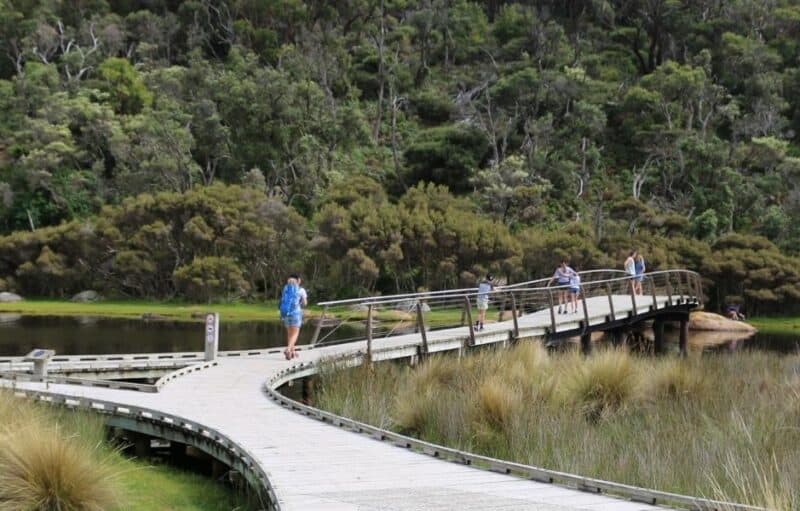PARK WATCH Article June 2022 |
After a long wait, the state government has released their draft policy on the future vision for the Bass Coast area. But it entirely overlooks some very special natural values, writes Jordan Crook.
A Distinctive Areas and Landscapes (DAL) is a process under the Planning and Environment Act 1987 that came into effect in 2018. These amendments allow an area to be declared as a ‘distinctive area and landscape’. With this declaration, an enhanced level of planning protection and management is usually installed in the area through tools such as Significant Landscape Overlays (SLOs) and Environmental Significance Overlays (ESOs), to protect those values through planning controls.
So to our disappointment, the draft DAL for the Bass Coast entirely overlooks important remnant native vegetation known locally as the Western Port Woodlands, on the traditional land of the Bunurong people. It instead proposes overlays to protect the cleared paddocks of the Bass Hills, even though the woodlands came up the highest biodiversity values along the Bass Coast.
Is this an incredibly huge oversight by the Department of Environment, Land, Water and Planning (DELWP), or have they got sand in their eyes? Instead of nature protection, the draft report identified the area for sand mining.
Last year, VNPA and the community group Save Western Port Woodlands produced a report Western Port Woodlands: Wildlife corridor or sand pit? This report collated DELWP data of threatened species records, vegetation communities and their status, and current planning overlays. It showed the corridor from Nyora to Grantville is alive with amazing plant and animal life.
One was the only threatened species-listed fungi Tea-tree Fingers (Hypocreopsis amplectens). Other threatened species include Southern Brown and Long-nosed Bandicoots and Powerful Owls. Significant outlying populations of Bobucks/Mountain Brush Tail Possums and Koalas also make their home in this string of remnant vegetation.
The Western Port Woodlands is the largest patch of intact coastal woodlands on the Bass Coast in an otherwise heavily cleared landscape. This is highlighted in the Victorian Environmental Assessment Council’s 2010 Remnant Vegetation Study that found the Gippsland Plain Bioregion is one of the most cleared bioregions in the state, with less than one per cent intact.
Our report also found that planning overlays are scarce across the woodlands, even though their significance is very high. Only one per cent is covered by an Environmental Significance Overlay and only 15 per cent by Significant Landscape Overlay. Meaning the woodlands lack even the most basic protection from mining and inappropriate development.
The DAL makes a lot of statements about the importance of the area and how the new proposed planning controls will fix it. For example, it states:
“By managing development, building design and vegetation removal, the proposed landscape planning controls aim to conserve and enhance Bass Coast’s state-significant and regionally significant landscapes. Conserving and enhancing these landscapes will ensure that current and future generations can continue to enjoy them”.
Sounds good, right?
The proposed planning controls actually appear to protect none of the important remnant ecological areas around the Western Port Woodlands. It does talk about the importance of biolinks and the need for ecological restoration works in other areas, but essentially ignores the whole string of parks, reserves, and remnant vegetation in this corridor, which are in many ways already a biolink.
This process seems to have completely neglected the Western Port Woodlands and the high values they hold. This ‘distinctive area and landscape’ must get the protection and recognition it deserves soon – before this wildlife corridor is destroyed by sand mining.
Thank you to everyone that made a submission to the state government to show what a real vision looks like for the Bass Coast environment.
Did you like reading this article? You can read the latest full edition of Park Watch magazine online.
Want to be kept up to date about this and other nature issues in Victoria? Subscribe to our email updates.
You can also receive our print magazine Park Watch four times a year by becoming a member. Find out more.
